Institute of Hungarian Research Identifies Remains of Two Árpád Dynasty Members (+VIDEO)
Press conference on the latest results of archaeogenetic analyses carried out in the Székesfehérvár Ossuary.
The remains of two members of the Árpád Dynasty have been identified from samples taken in the ossuary of Székesfehérvár and the thread of the Hunyadi family’s origins through the remains of János Corvin and Kristóf Corvin has also been found by the researchers of the Institute of Hungarian Research, Minister of Human Capacities Miklós Kásler announced at the press conference. The Minister reminded the audience of the two research projects in archaeogenetic studies in Hungary: the population genetics research in Szeged, which is marked by the names of Endre Neparáczki and Tibor Török, and the research on the origin of the House of Árpád, started at the National Institute of Oncology. The Institute of Hungarian Research has brought together these two lines of research, complemented by the results of several disciplines. Thus, in a very short period of time, it was possible to achieve undisputed scientific results, free of preconceptions in terms of the factual material. Thanks to these findings, we can get an explanation for one of the most crucial factors of identity formation: the origins and prehistory of the Hungarian nation.
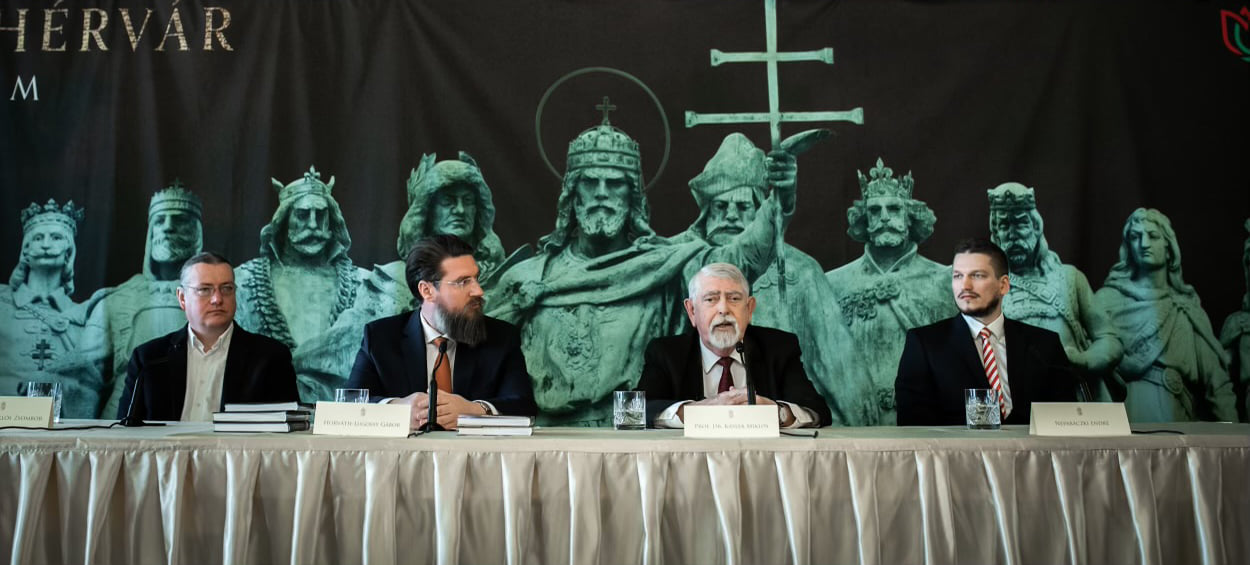
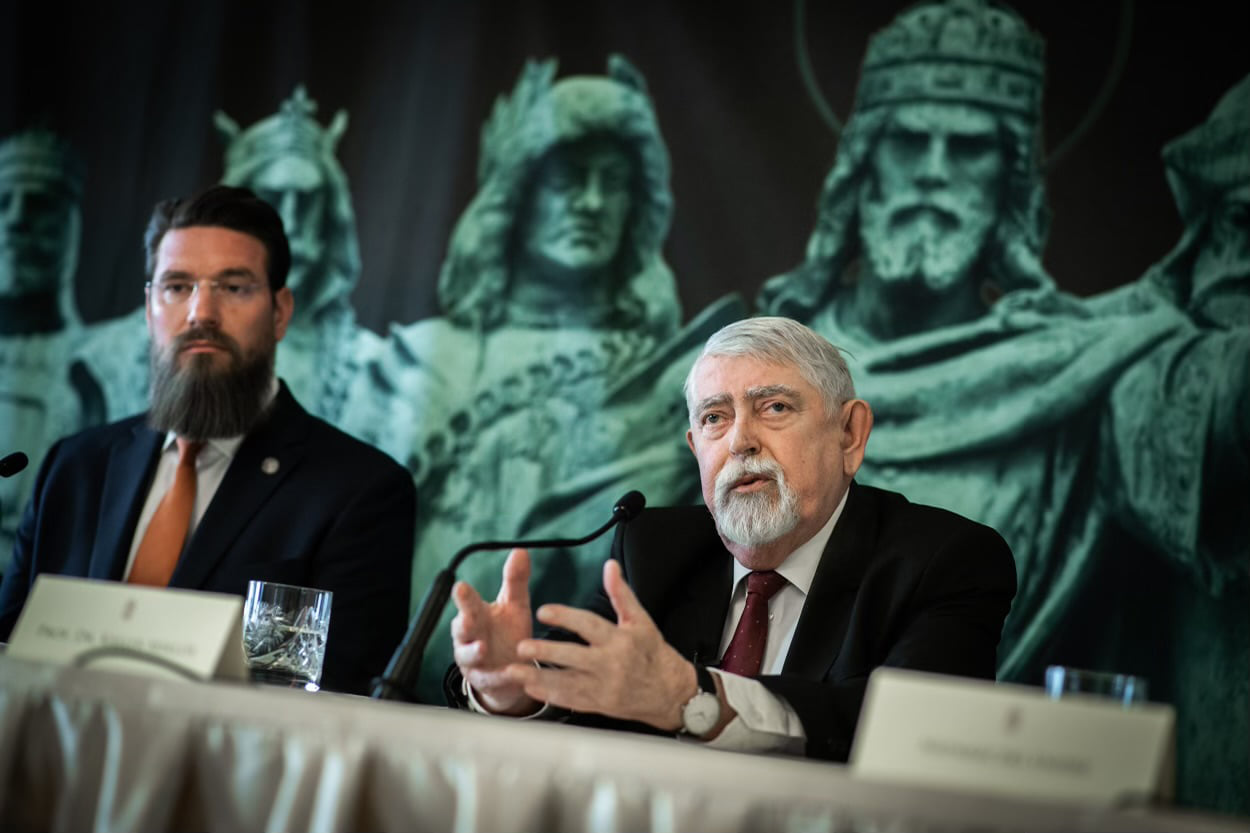
Gábor Horváth-Lugossy, Director General of the Institute of Hungarian Research, speaking about the background of the research in the Ossuary, emphasized that the identification of Béla III by Prof. Dr Miklós Kásler was the starting point, which made it possible to identify the remains resting in Székesfehérvár or Tihany. The genetic lineage of the House of Hunyadi was determined from samples taken from the monastery of Lepoglava in Croatia, thanks to the cultural diplomatic achievements of the Minister.
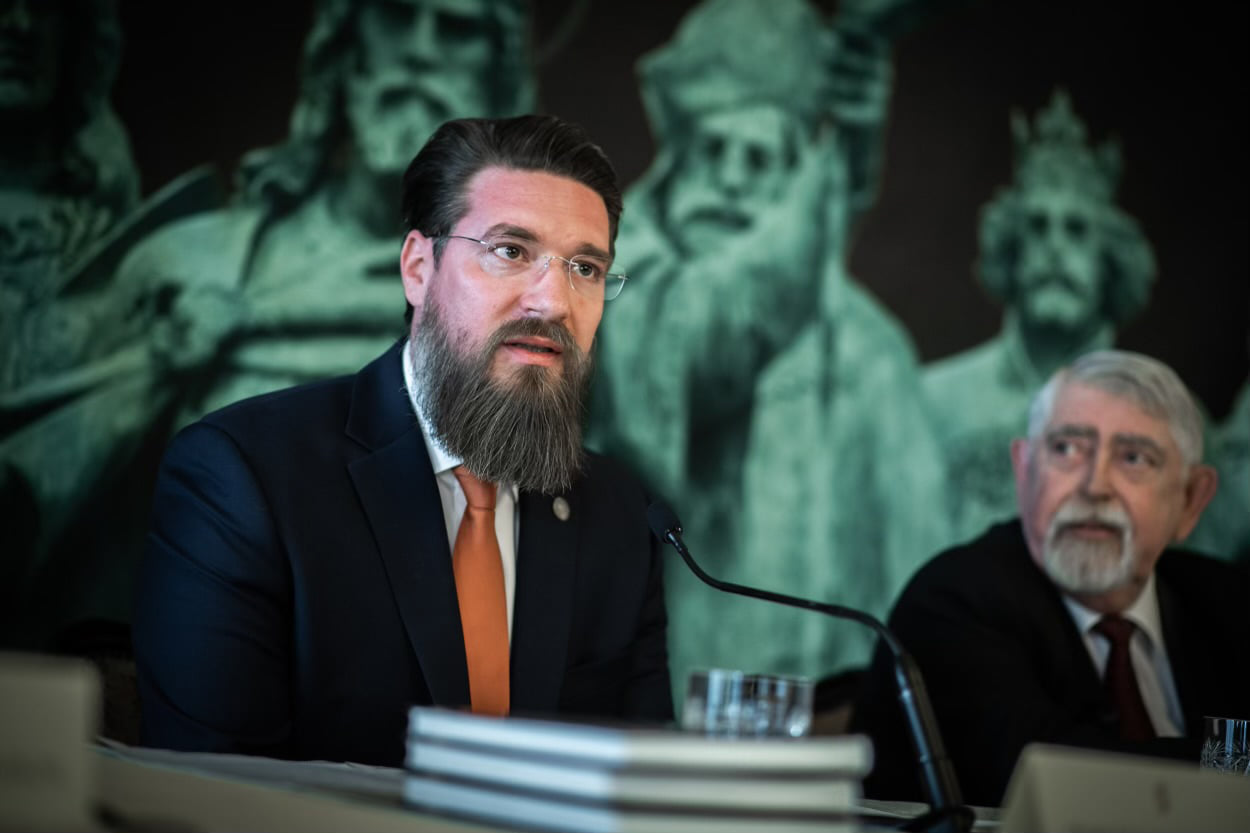
The Director General said that one of the flagship researches of the Institute is the mapping of Hun-Avar-Hungarian kinship relations, during which the Institute has accomplished several scientific paradigm shifts. Gábor Horváth-Lugossy pointed out that the Institute has published two scientific books on the ossuary research only, in English and German, in addition to Hungarian. The translations are necessary in order to make the unique history of the Hungarians known to a wider international audience.
These national researches and achievements pay off a centuries-old debt, and at the same time contribute to the understanding of our real past and to the further strengthening of our national consciousness. Finally, the Director General said that in addition to the six international publications in the field of archaeogenetics alone, four more are under review and awaiting publication.
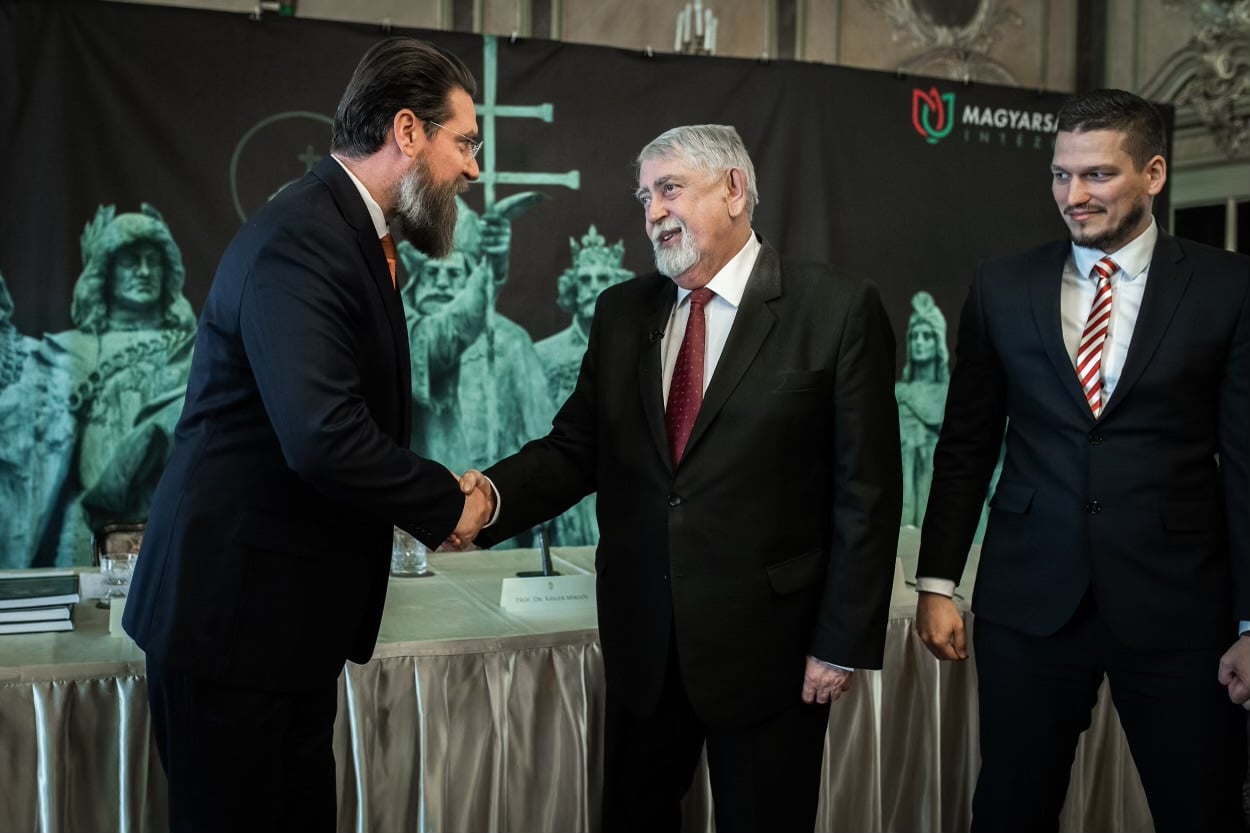
Endre Neparáczki, Director of the Research Centre for Archaeogenetics of the Institute, emphasized that the remains of our kings still rest unidentified in the sacral centre designated by St Stephen, in the ossuary on the site of the Coronation Basilica in Székesfehérvár. In the laboratory of the Institute, the most state-of-the-art molecular technology currently available in the world has been developed, which makes it possible to read the complete sequence of the genetic material. Not only the Y-chromosome and mitochondria can be analysed, but the sequence order of any chromosome in the body can also be identified. Thus, kinship relationships can be traced, as the analysis focuses not only on the Turul family, but also on the mixed lineage of the monarchs.
Miklós Makoldi, Director of the Research Centre for Archaeology of the Institute of Hungarian Research, underlining the responsibility of archaeology, said that the bone material examined by archaeogenetics derives from excavation finds, which is why it is of utmost importance that the remains are excavated in an authoritative manner. He is of paramount importance that the remains are authentically excavated. He welcomed the fact that in the 21st century, the concepts assumed by archaeology are being confirmed by archaeogenetics using the tools of the natural sciences. Finally, he pointed out that future excavations might reveal the bone remains of other persons related to our kings.
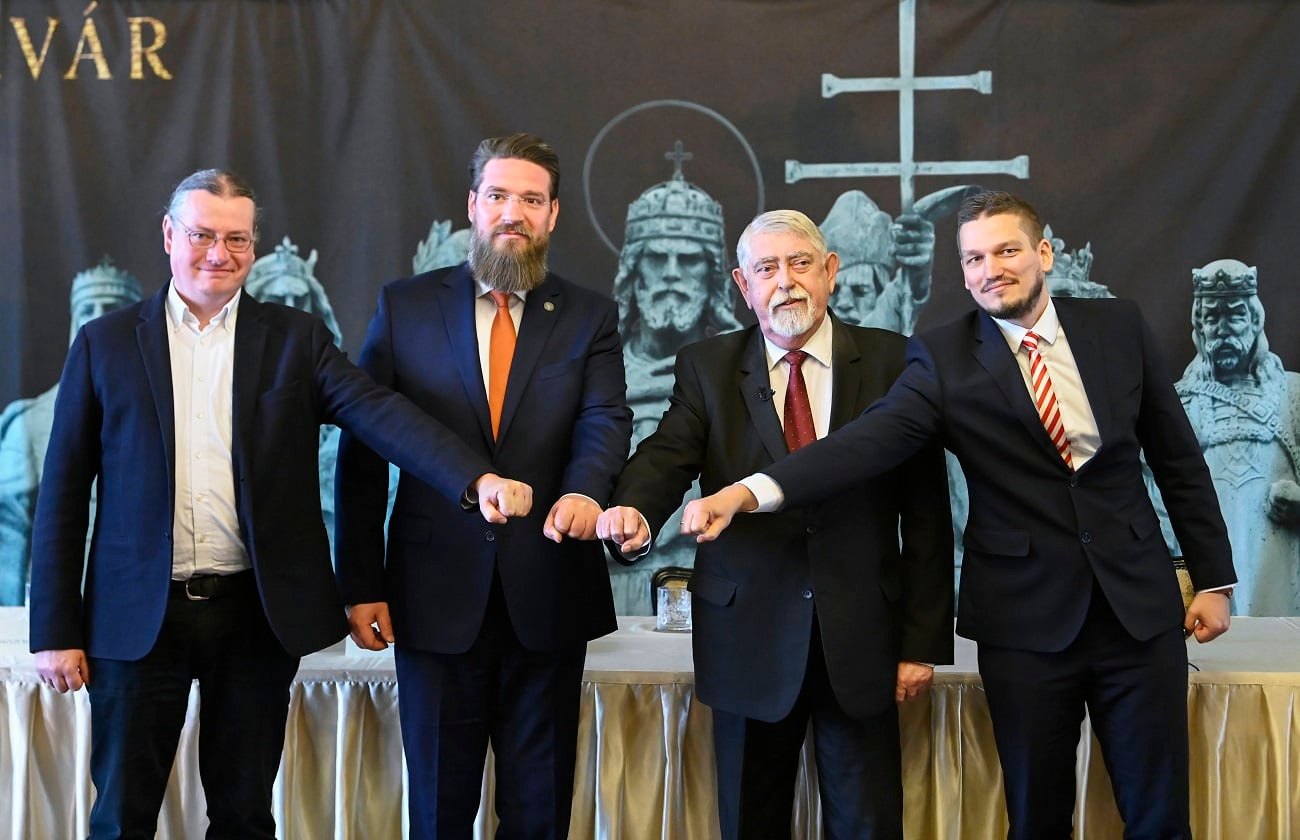
The members of the House of Árpád identified in the course of the research will become officially known upon the release of the scientific publication.